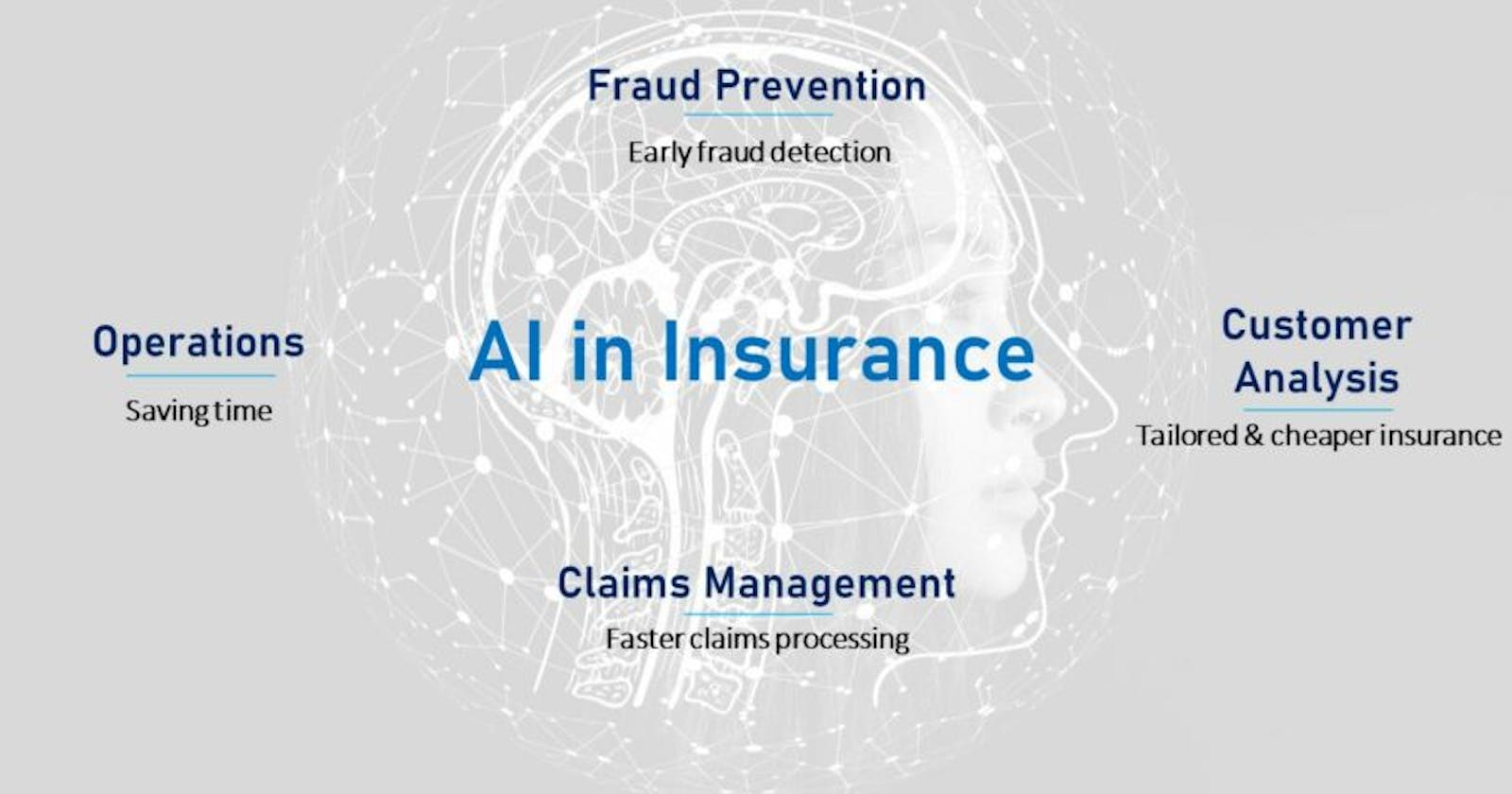AI/ML-Based Quality Assurance for Proactive Monitoring of Customer Experience
The World Quality Report 2018 by Capgemini proved that customer experience had become the top priority for QA. They predicted that constant advancements set this trend on a path of acceleration in the time to come. It holds true in 2022 and beyond. After all, automation testing has become the norm. The QA sector also seems to be thriving with the adaptation of DevOps and Agile.
The fast-paced deployment and increasing complexities of customer experience can incur huge costs. Something as trivial as a few minutes of network downtime can lead to massive revenue losses. Since there is equal focus on accuracy and quick-paced releases, conventional test automation isn’t a sustainable way to maintain the agility of QA tasks.
There has been a time when QA teams have had an excessive focus on defect detection that they failed to acknowledge how efficient defect prevention would be. That’s why for proactive monitoring of the customer experience, the implementation of AI/ML-based assurance is the need of the hour. It helps preserve time, efforts, and resources that otherwise go into letting a defect arise and then trying to fix it. Let’s take a look at this in detail.
Predict, Prevent, and Automate with AI/ML-Based Assurance
It all starts with intelligent prediction. When you supplement your regular DevOps testing with in-built AI/ML assurance solutions, proactive prediction of network issues becomes possible. This way, testing teams can eliminate their occurrences and prevent the negative impact of issues before businesses lose out on subscribers.
Every network generates loads of data. But instead of making network operations proactive, teams have continued to follow a reactive approach despite apparent disadvantages. This approach gives rise to end-to-end network issues and complex pattern recognition issues.
But once you decide to automate the management of service quality and your customer experience through AI/ML-powered automated assurance, it helps identify the root cause of a problem by detecting patterns across various data sources.
Benefits of AI/ML-Driven Assurance
AI/ML is quite useful when it comes to forecasting and determining the needs of the client. Advanced characteristics include a high-quality product, a comparative edge in business, and an enhanced user experience. Companies use Machine Learning and Artificial Intelligence to gain insights such as production incidents, defect reports, project documentation, test results, and test artifacts from data for the betterment of software quality.
They analyze existing data sets to predict common trends. Machine Learning leverages neural networks for Quality Assurance by using that laid algorithm collection. They follow it up by creating outputs with data inputs followed and comparing them to predetermined outcomes. AI/ML combines automation with proactivity and helps in the deployment of assistants that detect and prevent issues before an impending damage.
Here are some striking benefits.
- Predicts code problems, failed and redundant test cases to provide efficiency and accuracy benefits
- Speeds up regular manual testing with additional reliability, accuracy, and simplify management to save engineers’ valuable time and resources
- Automates data flow and correlation across different network domains and data resources
- Automatically resolves faults and issues before it affects subscribers
- Prevents bugs from slipping through the cracks, thanks to AI/ML enabled data analysis that allows testers to learn from previous bug patterns in the code
Improving Quality Assurance By Proactive Monitoring of Customer Experience Through AI/ML
The main target of improving Quality Assurance by proactive monitoring of customer experience through AI/ML is to eliminate overlaps in test coverage, make testing predictable, and focus on preventing defects instead of detecting and fixing them later.
Machine Learning algorithms facilitate traversing of code to detect functionality changes and relate those changes to original requirements for creating test cases. This avoids judgments on hotspots and optimizes testing, thus, avoiding failure. As Artificial Intelligence and Machine Learning make their way through the Quality Assurance arena, there has been a massive shift toward relentless improvement.
Since customer experiences are subject to consistent evolution, regular evaluation is necessary for AI and ML-based projects. It’s not a surprise that plenty of organizations are focusing on developing AI-infused business applications with sensing, thinking, and acting capabilities.
This kind of solution monitors performance and user experience testing data at a granular stage to find anomalies, patterns, and lead to more accurate identification of the root cause of an issue. By extension, the concerned teams would be able to resolve degradations earlier.
Summing It Up
Prevention is better than cure. This proverb holds more truth than anything else in the Quality Assurance sector. Just like what happens while implementing something new, enterprises face a wide array of challenges when they decide to use proactive monitoring of customer experience with AI/ML-based assurance. But once you end up overcoming the lack of awareness phase, things will start to fall in place.
With the world at a stage where we are currently testing the waters of 5G, ML and AI will play a crucial role in carrying out intelligent and pragmatic network operations besides handling customer experience. Moreover, dynamic network slicing is an emerging concept focused on proactively preventing and resolving problems to implement a higher level of test automation.
It’s a no-brainer that delay in taking corrective actions can negatively affect your subscriber count in case of network performance issues. A strong focus on ML / AI-based includes comprehensive documentation, implementation of test suite optimization, customer sentiment analytics, defect analytics, scenario traceability, rapid impact analysis, integrated requirements traceability matrix (RTM), and log analytics.
It’s high time businesses started implementing AI testing to improve their existing Quality Assurance methodologies along with test automation frameworks. It’s important to opt for an AI/ML-Based testing platform to ensure integrity, authenticity, and availability of error free data. When you leverage Machine Learning and AI capabilities, it also improves network uptime, offers network quality optimization, and provides deeper insights of real customer experiences to operators.
